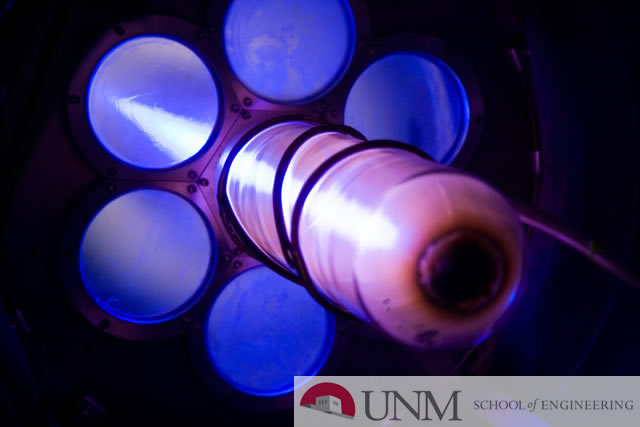
Electrical and Computer Engineering ETDs
Publication Date
2-9-2010
Abstract
Cognitive Radio promises to revolutionize the ways in which a user interfaces with a communications device. In addition to connecting a user with the rest of the world, a Cognitive Radio will know how the user wants to connect to the rest of the world as well as how to best take advantage of unused spectrum, commonly called white space'. Through the concept of Dynamic Spectrum Acccess a Cognitive Radio will be able to take advantage of the white space in the spectrum by first identifying where the white space is located and designing a transmit plan for a particular white space. In general a Cognitive Radio melds the capabilities of a Software Defined Radio and a Cognition Engine. The Cognition Engine is responsible for learning how the user interfaces with the device and how to use the available radio resources while the SDR is the interface to the RF world. At the heart of a Cognition Engine are Machine Learning Algorithms that decide how best to use the available radio resources and can learn how the user interfaces to the CR. To decide how best to use the available radio resources, we can group Machine Learning Algorithms into three general categories which are, in order of computational cost: 1.) Linear Least Squares Type Algorithms, e.g. Discrete Fourier Transform (DFT) and their kernel versions, 2.) Linear Support Vector Machines (SVMs) and their kernel versions, and 3.) Neural Networks and/or Genetic Algorithms. Before deciding on what to transmit, a Cognitive Radio must decide where the white space is located. This research is focused on the task of identifying where the white space resides in the spectrum, herein called RF Channel Characterization. Since previous research into the use of Machine Learning Algorithms for this task has focused on Neural Networks and Genetic Algorithms, this research will focus on the use of Machine Learning Algorithms that follow the Support Vector optimization criterion for this task. These Machine Learning Algorithms are commonly called Support Vector Machines. Results obtained using Support Vector Machines for this task are compared with results obtained from using Least Squares Algorithms, most notably, implementations of the Fast Fourier Transform. After a thorough theoretical investigation of the ability of Support Vector Machines to perform the RF Channel Characterization task, we present results of using Support Vector Machines for this task on experimental data collected at the University of New Mexico.'
Keywords
Cognitive radio networks., Support vector machines.
Sponsors
Sandia National Laboratories
Document Type
Dissertation
Language
English
Degree Name
Electrical Engineering
Level of Degree
Doctoral
Department Name
Electrical and Computer Engineering
First Committee Member (Chair)
Gilmore, Mark
Second Committee Member
Jayaweera, Sudharman
Third Committee Member
Embid, Pedro
Fourth Committee Member
Martinez_Ramon, Manel
Fifth Committee Member
Doerry, Armin
Recommended Citation
Atwood, Thomas. "RF channel characterization for cognitive radio using support vector machines." (2010). https://digitalrepository.unm.edu/ece_etds/25
